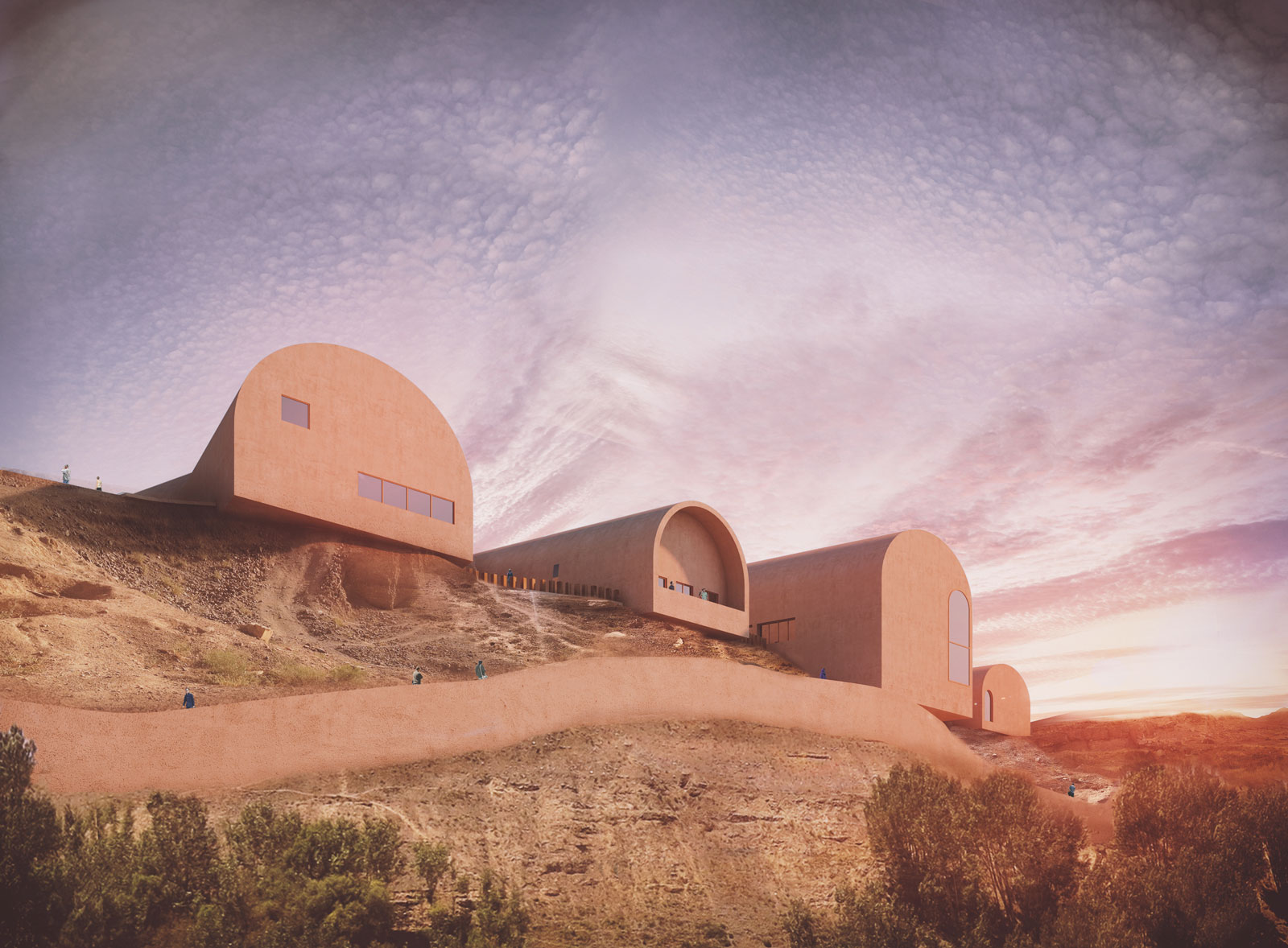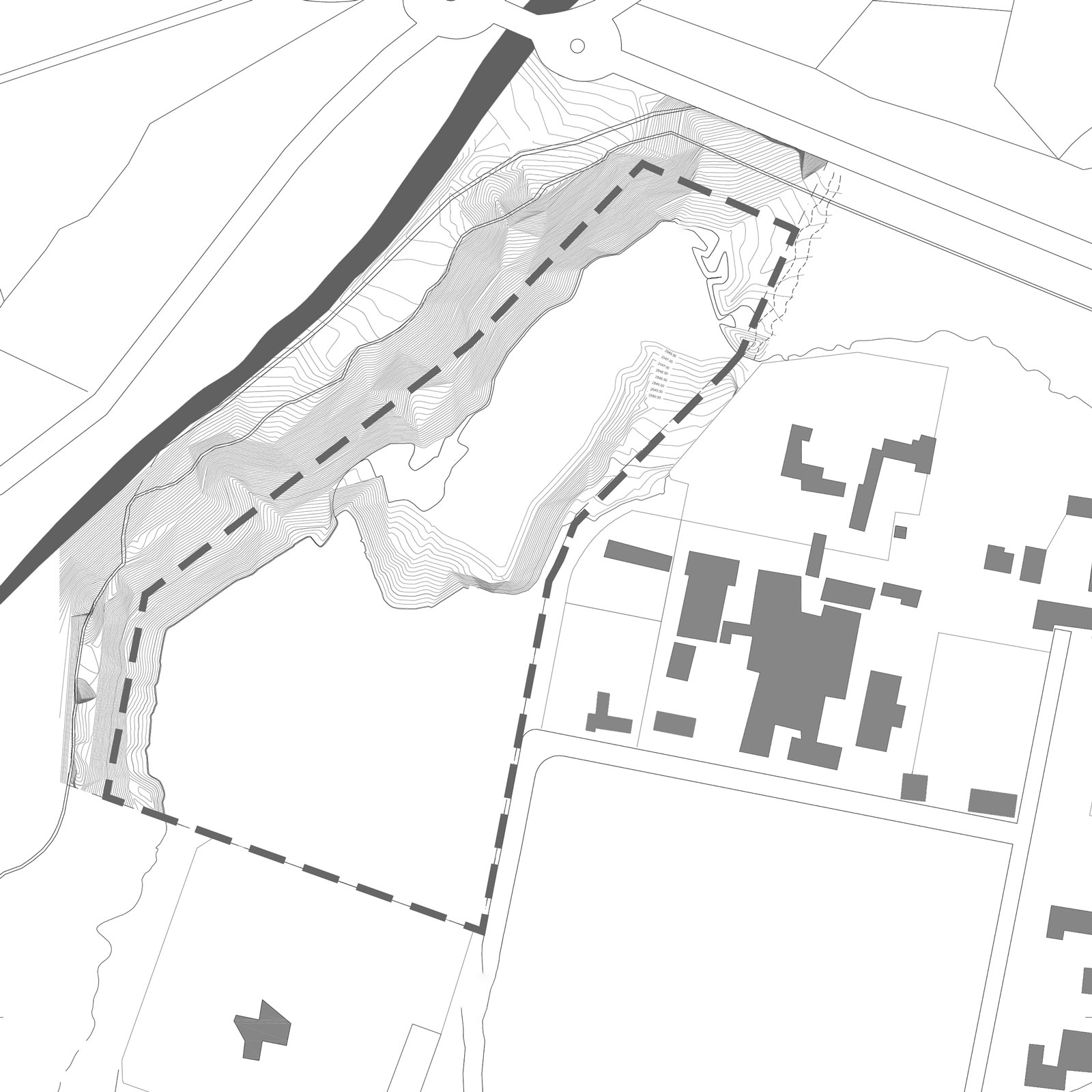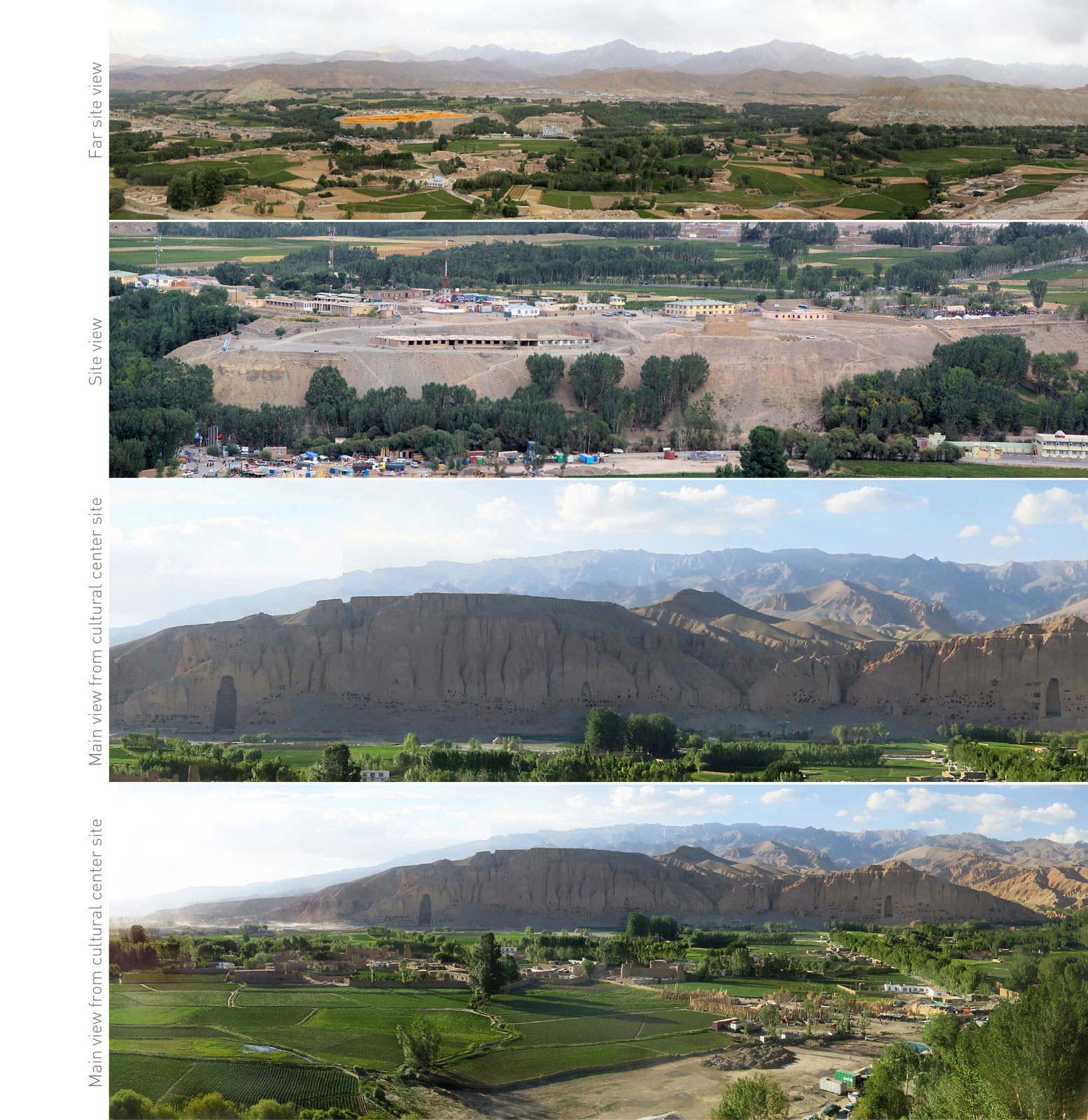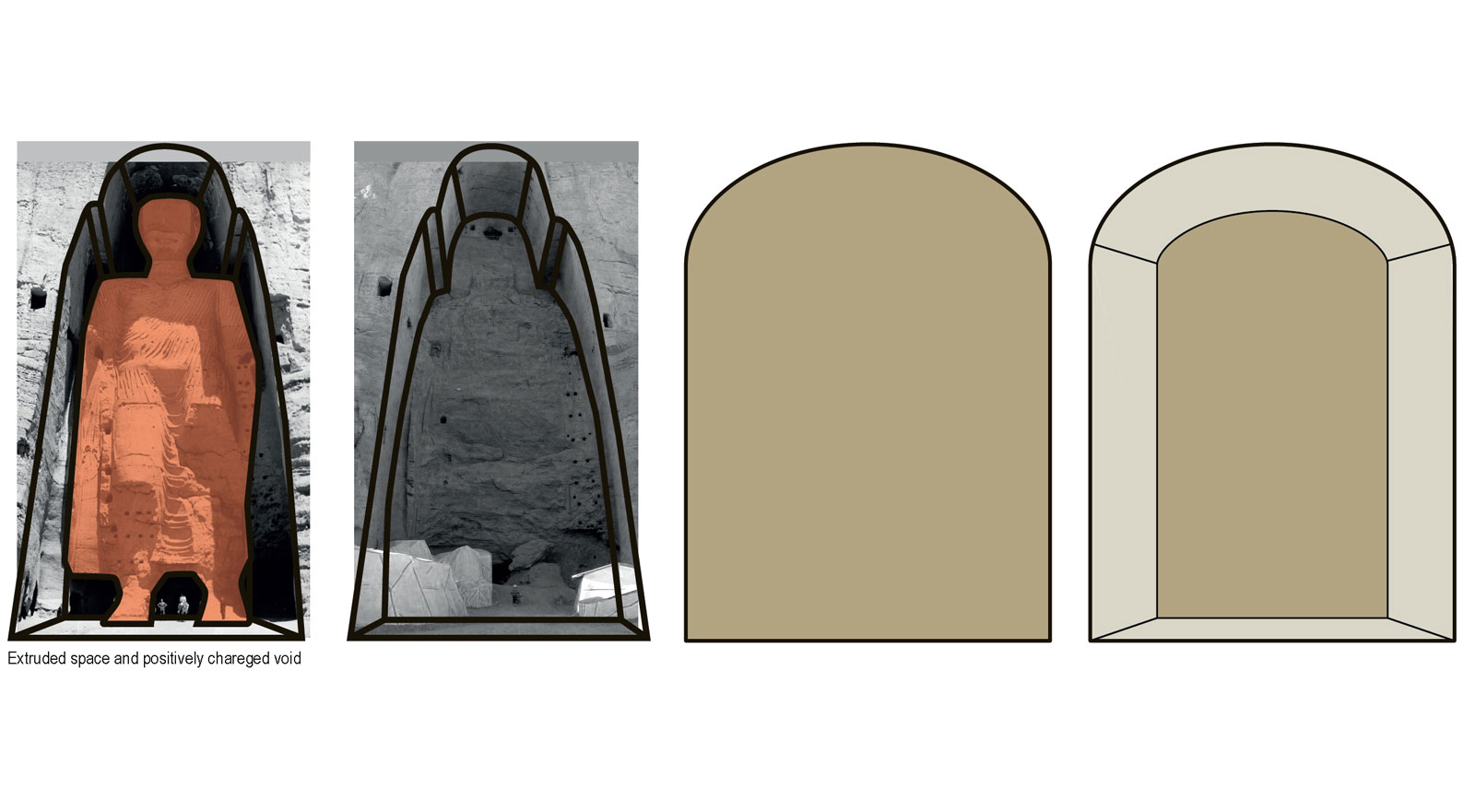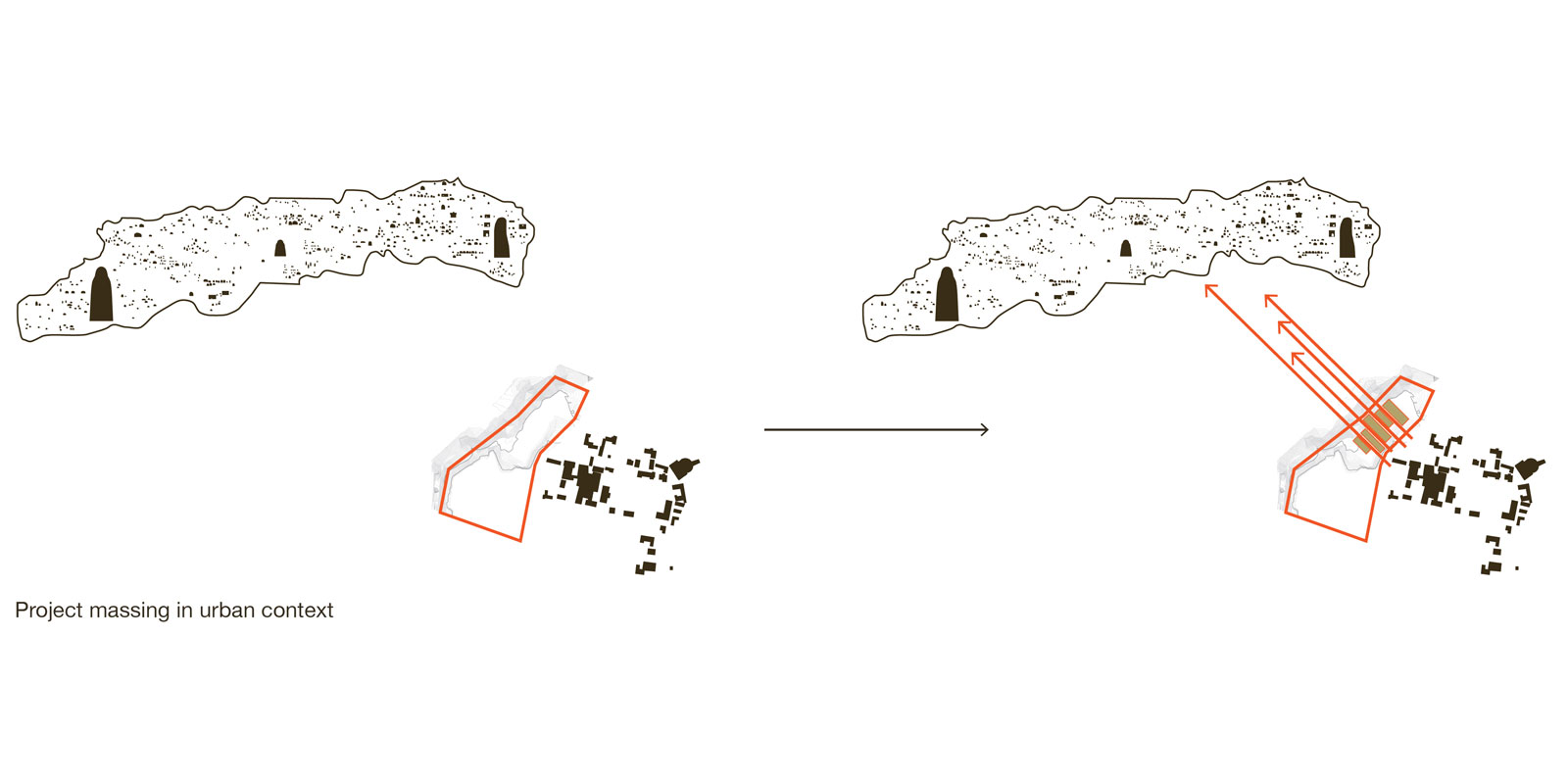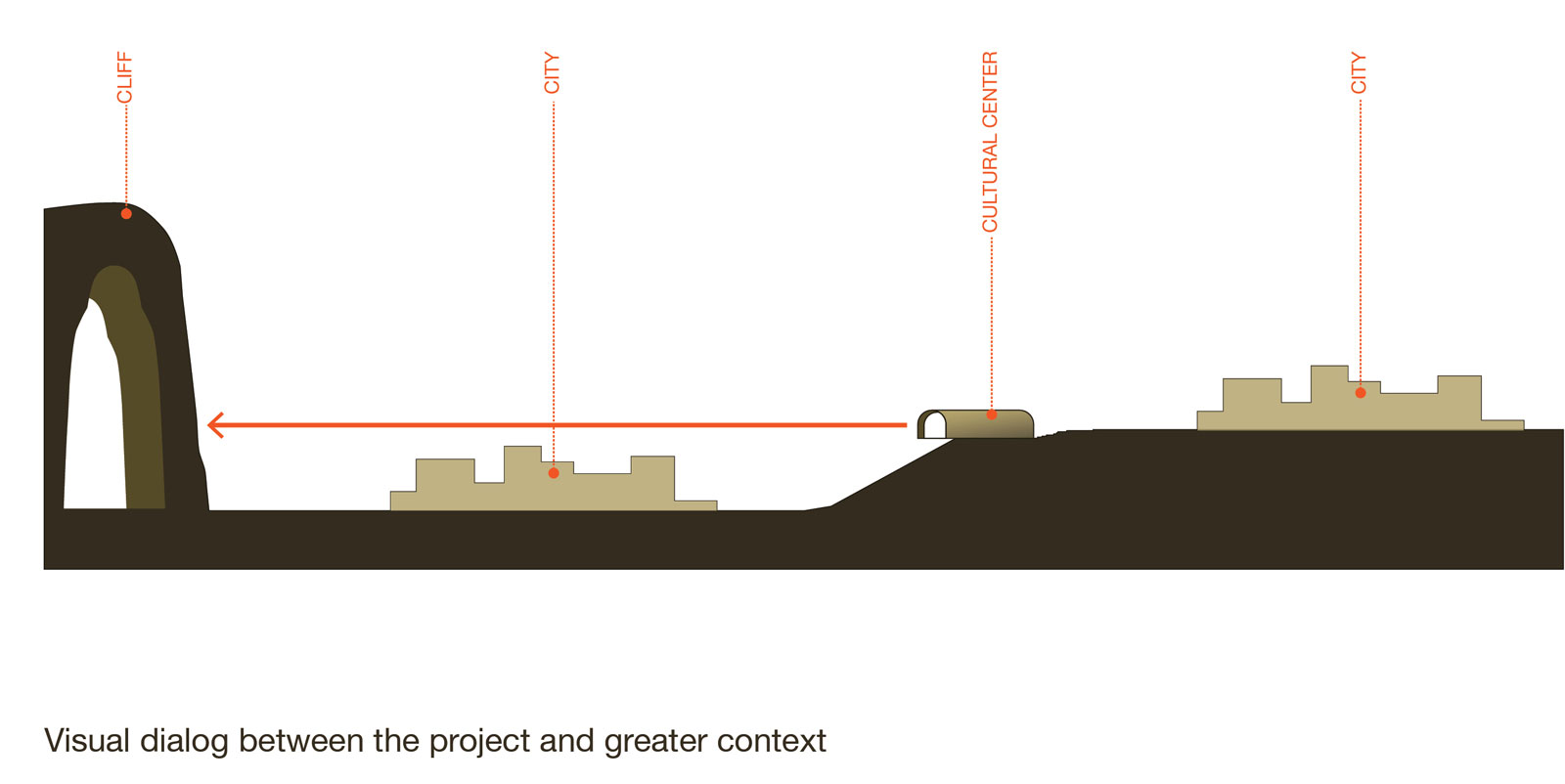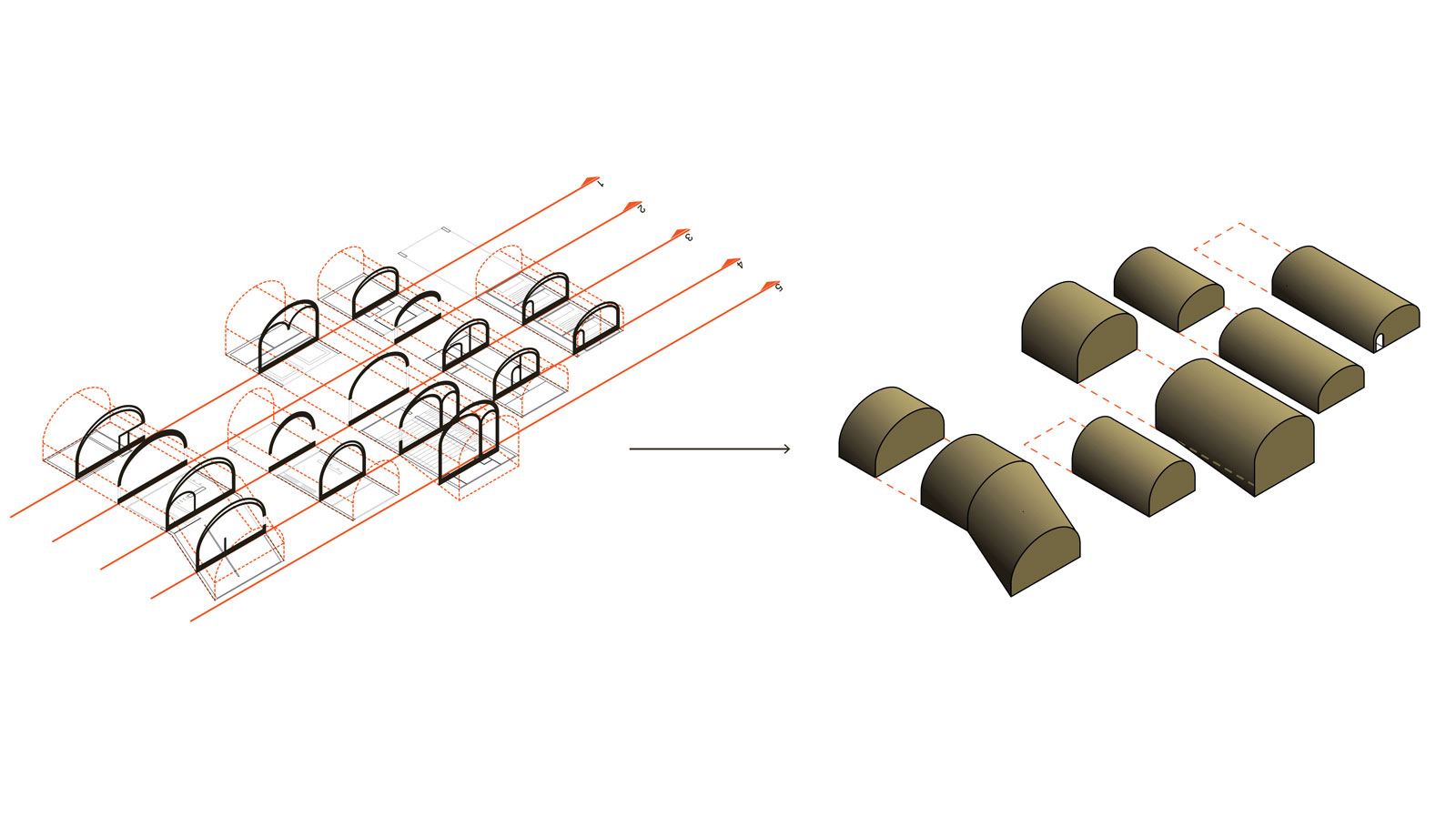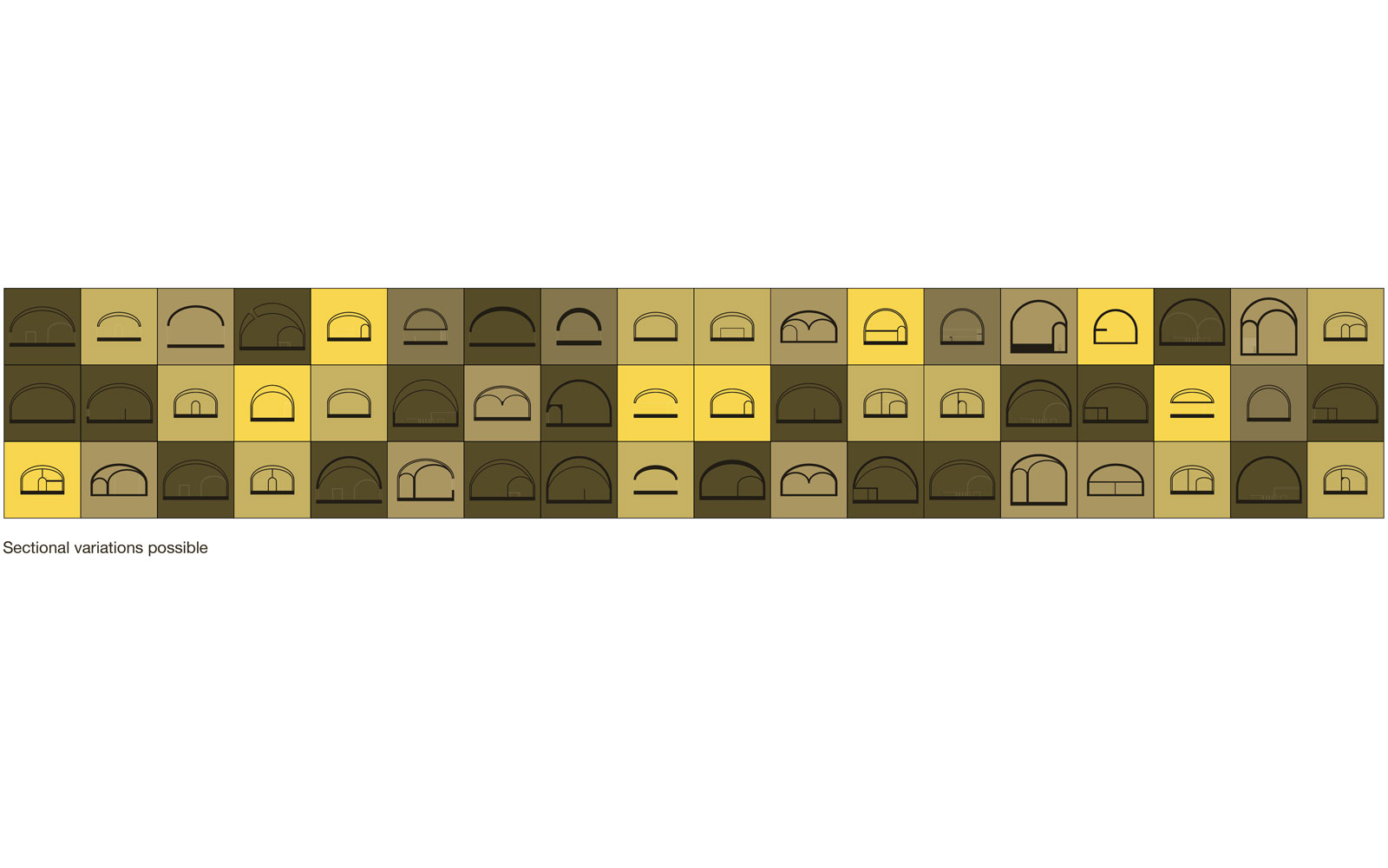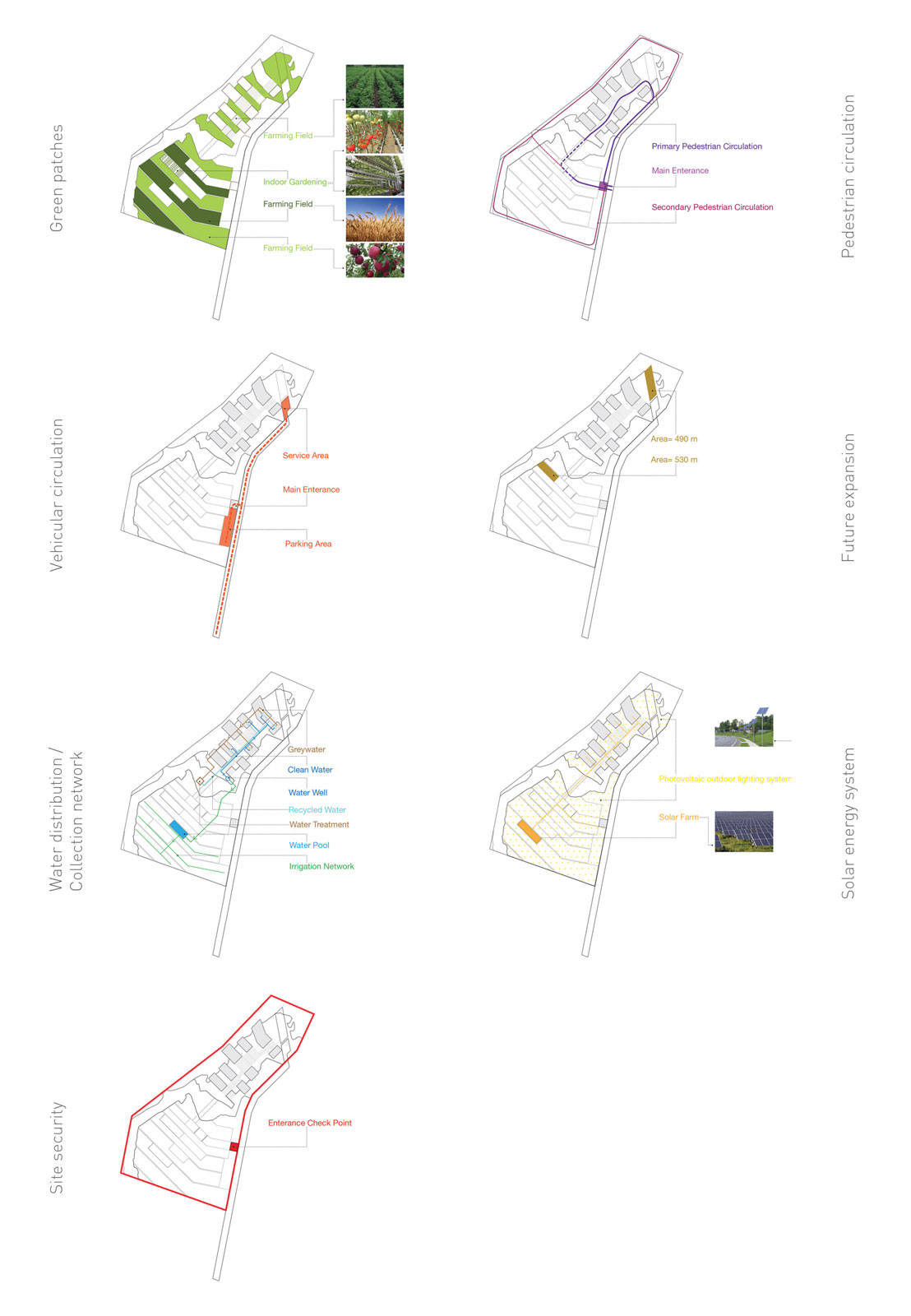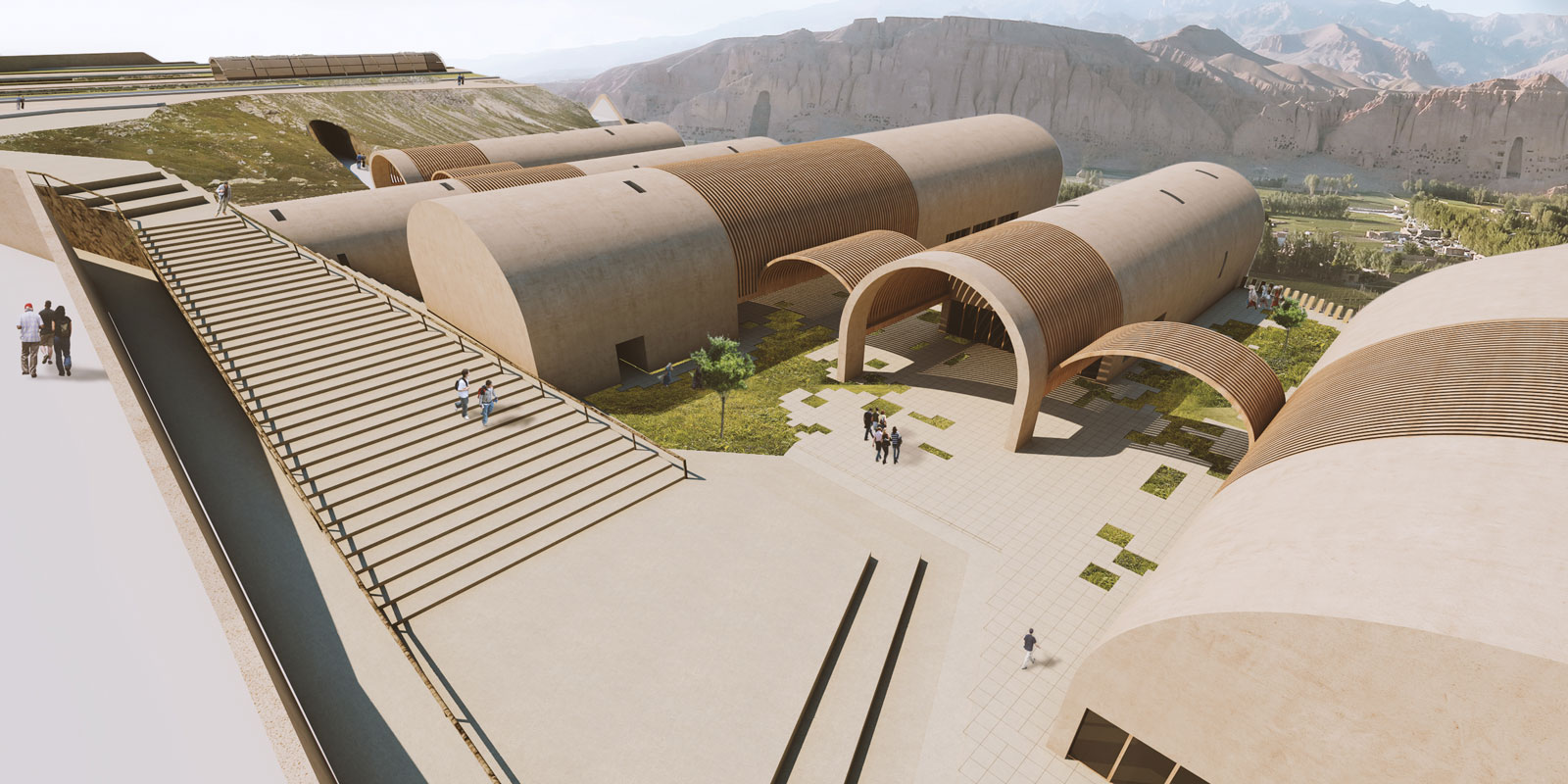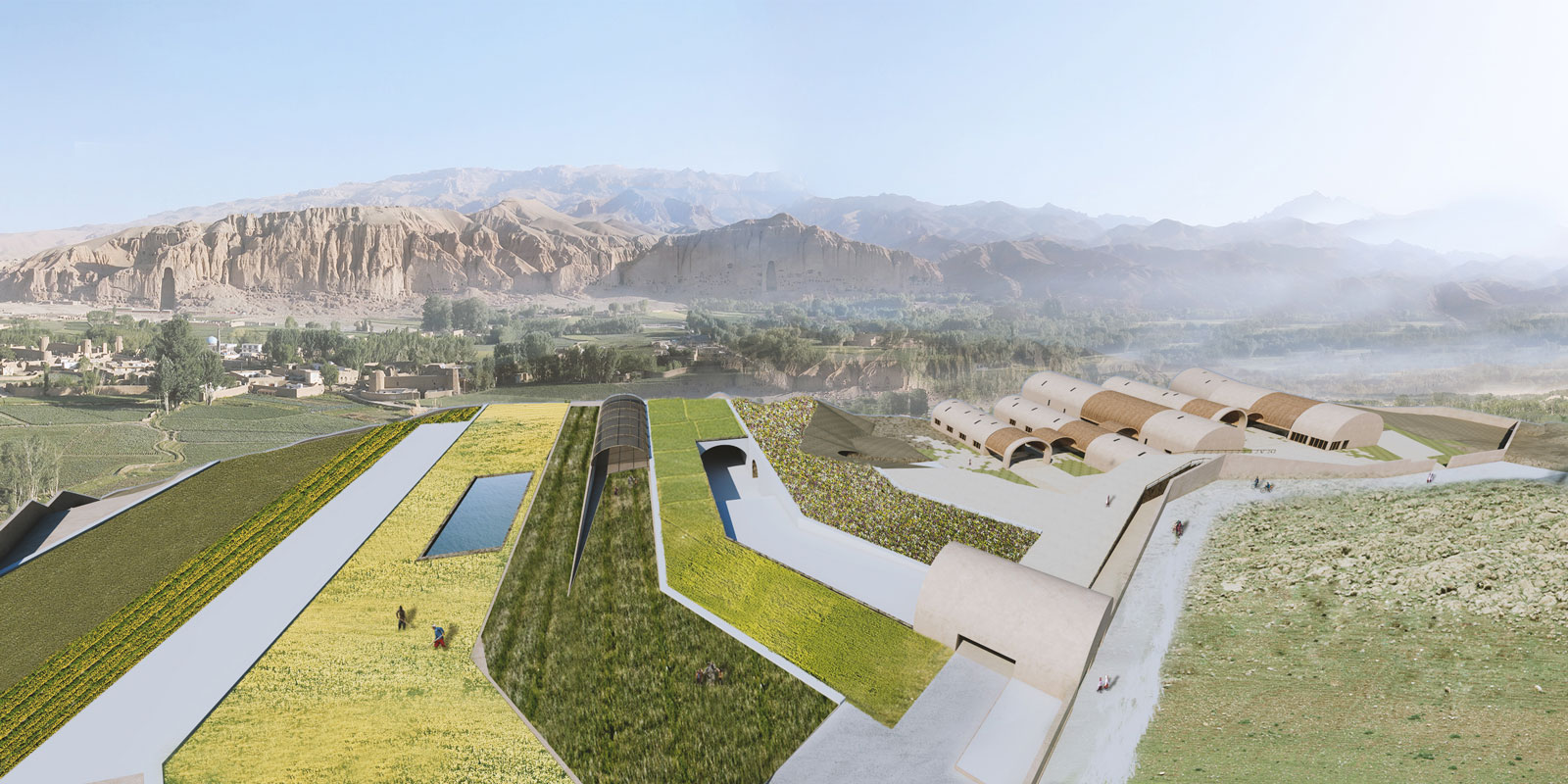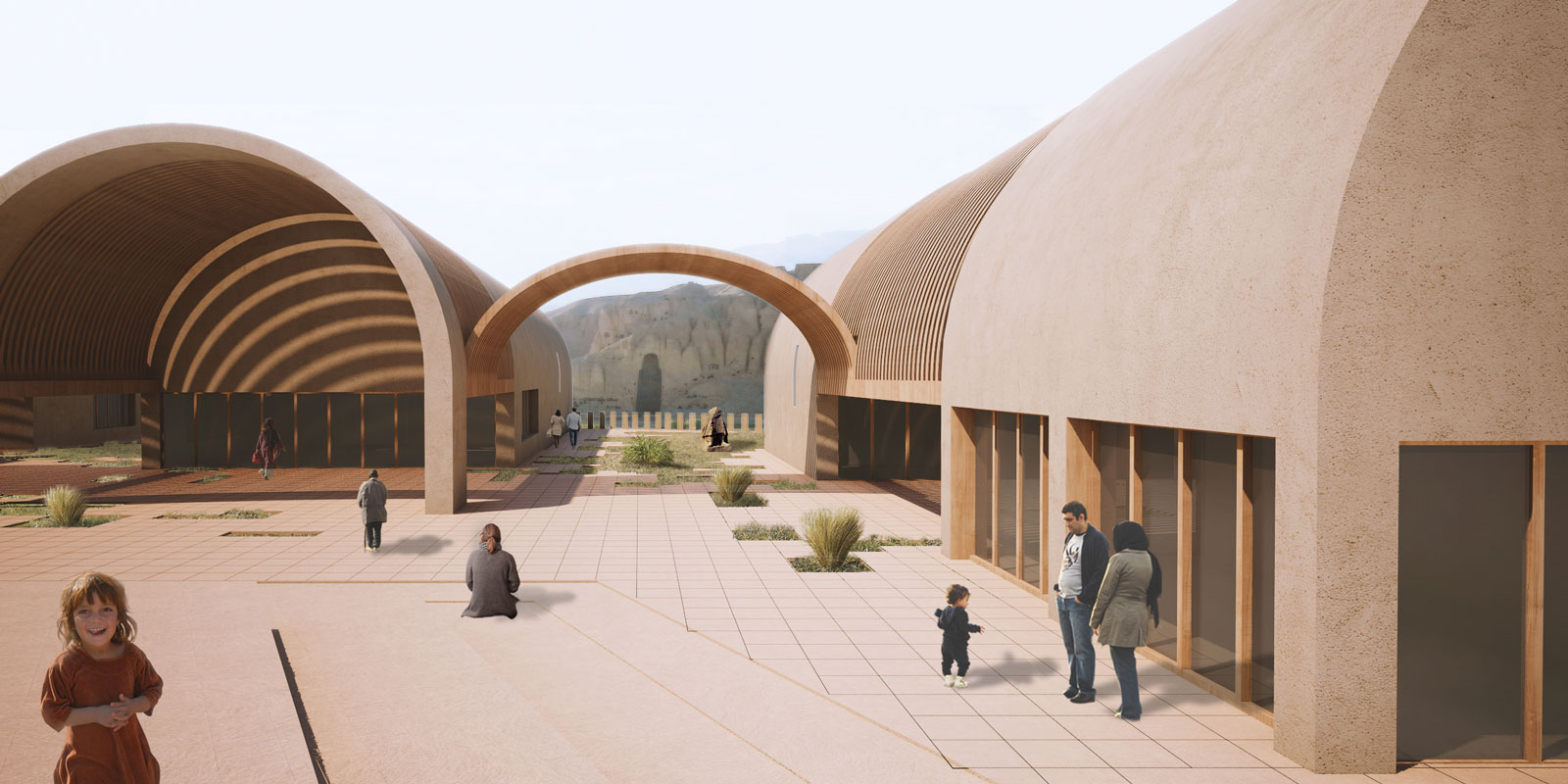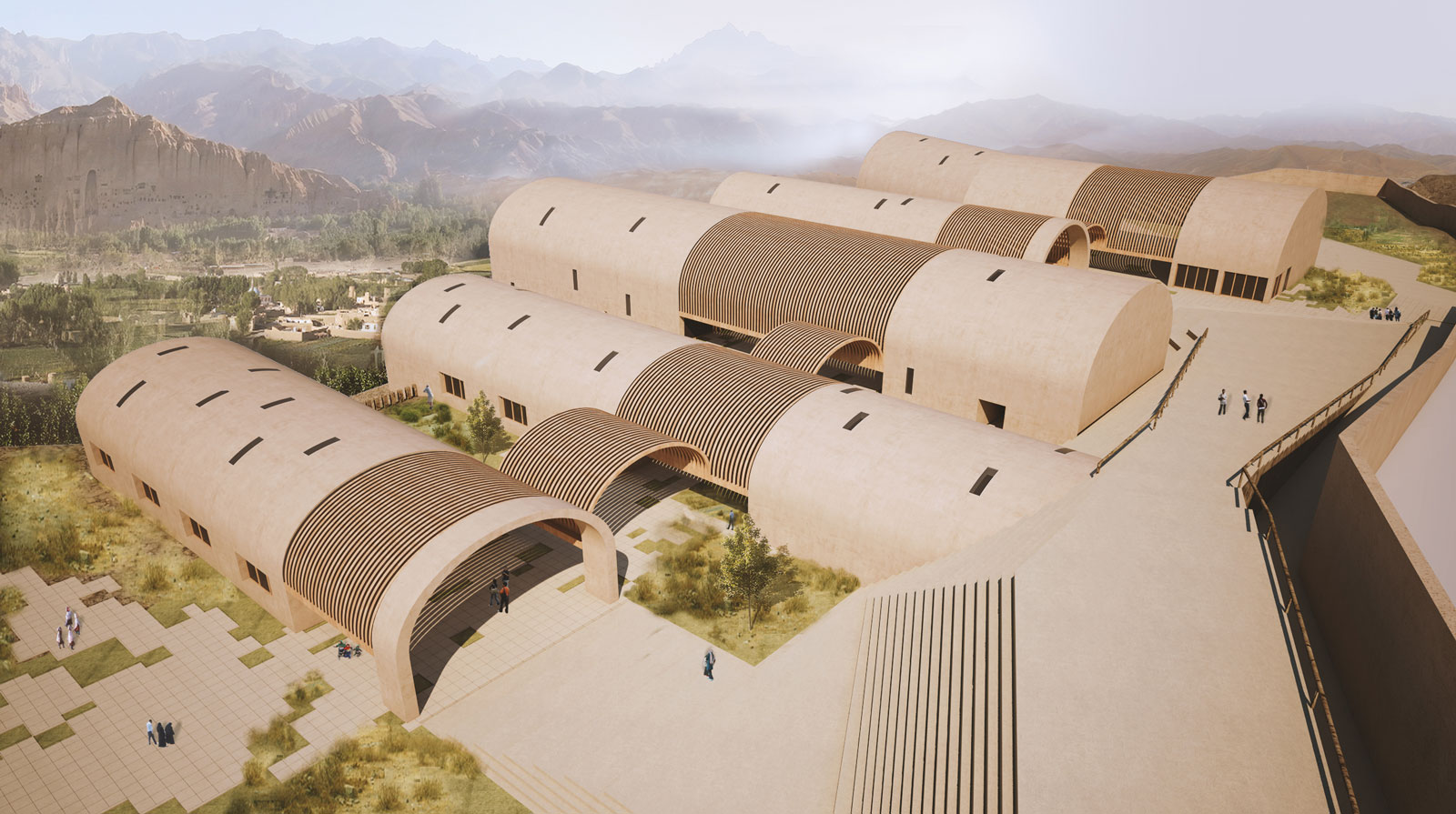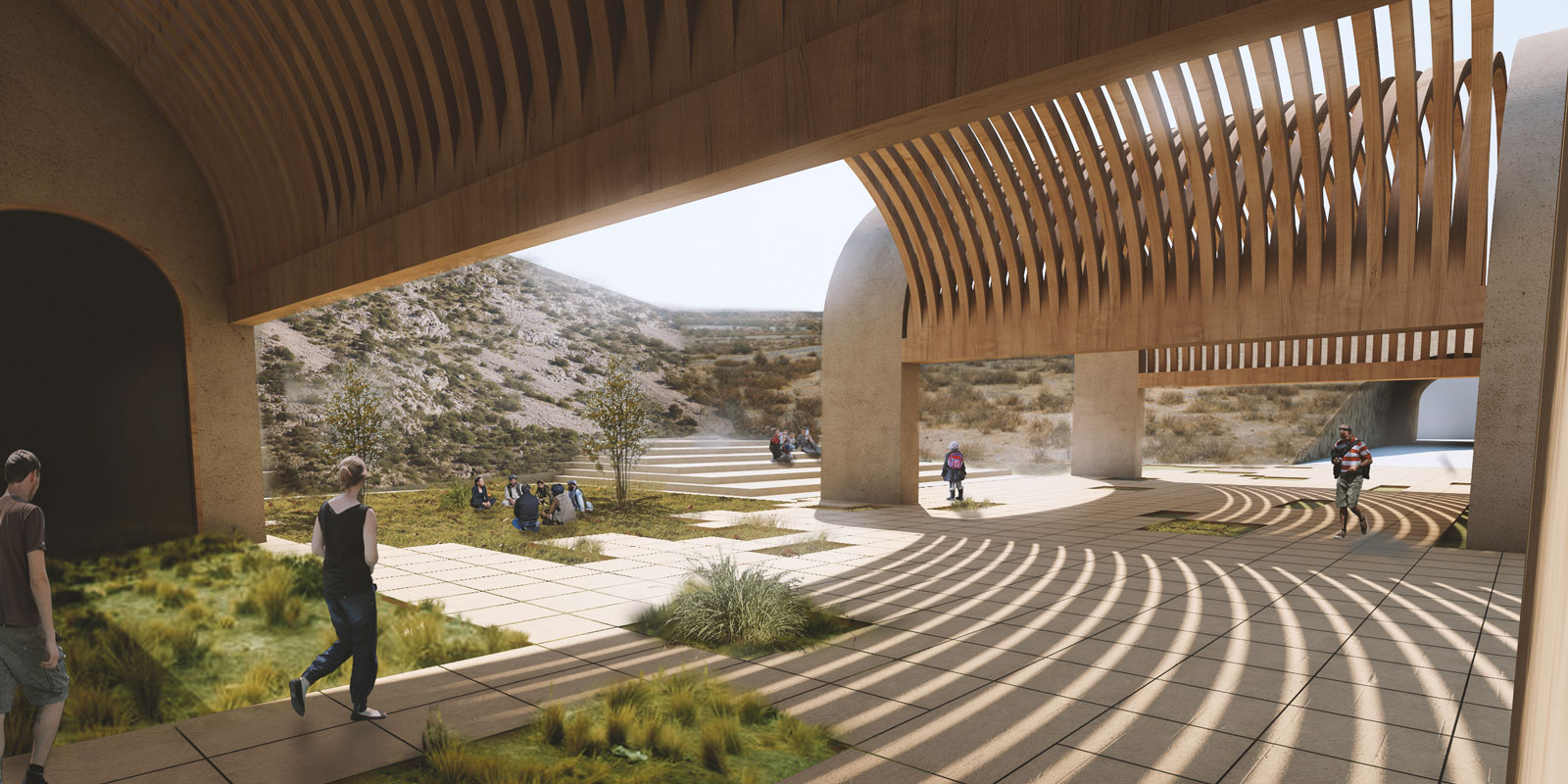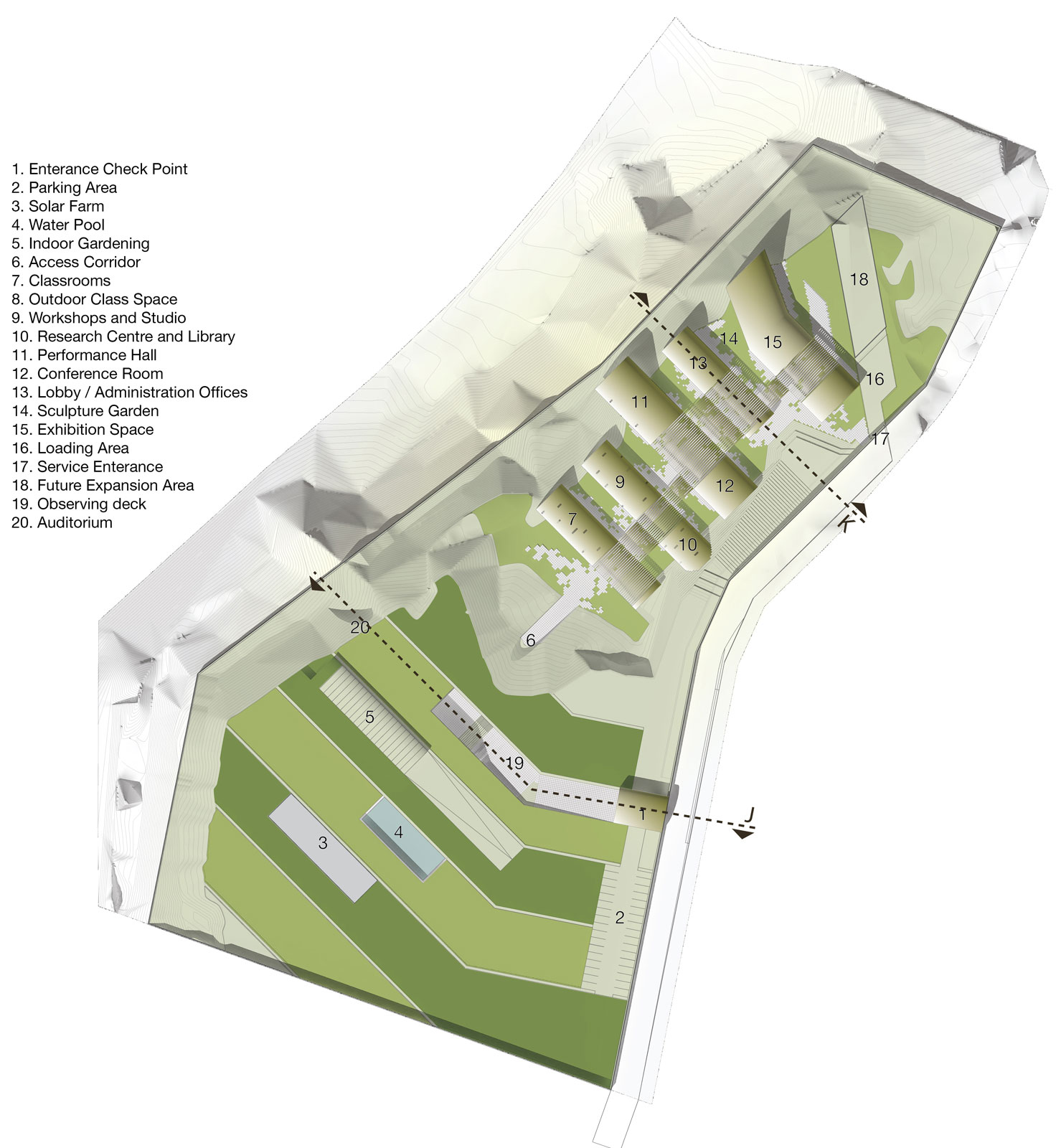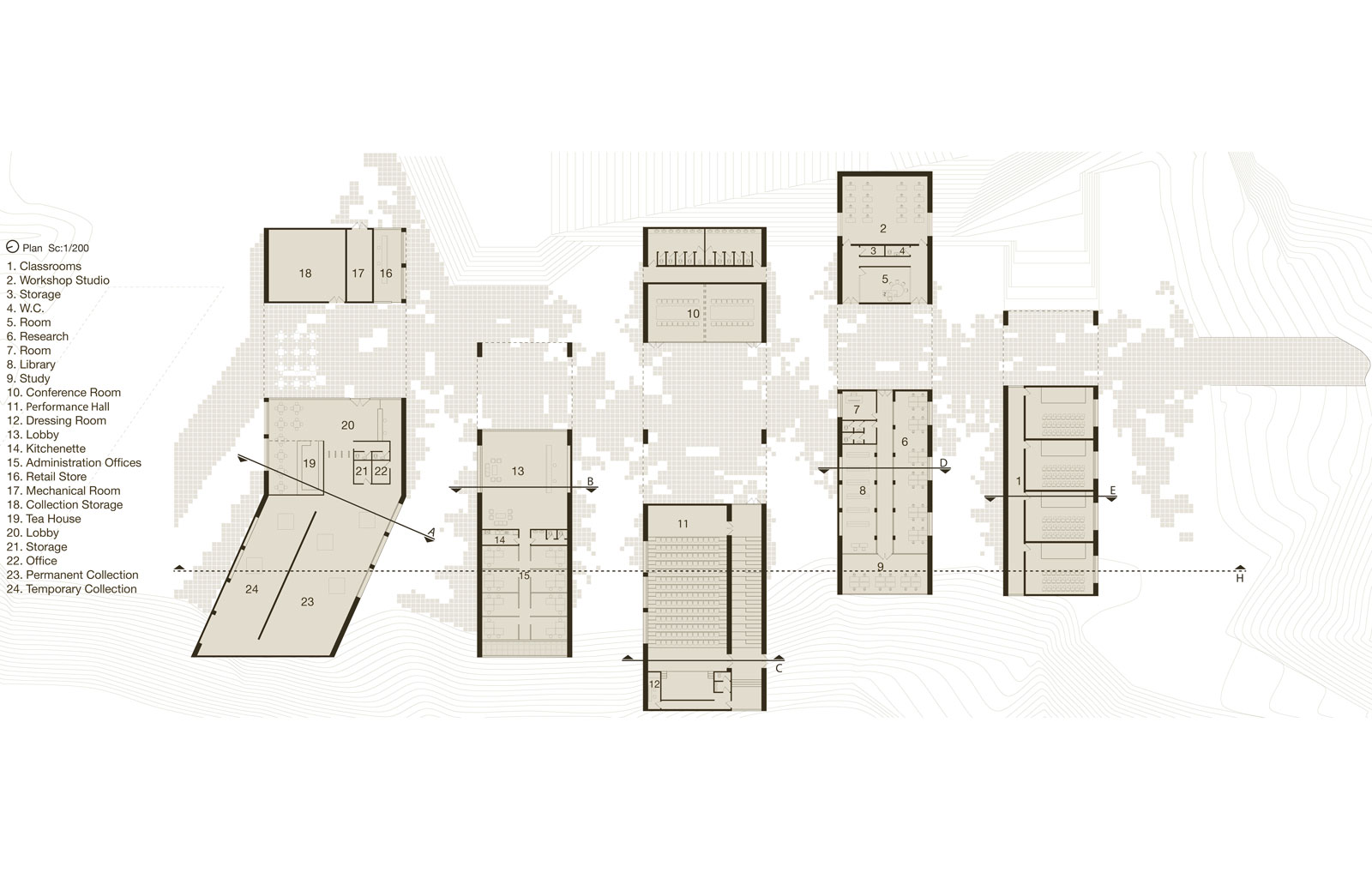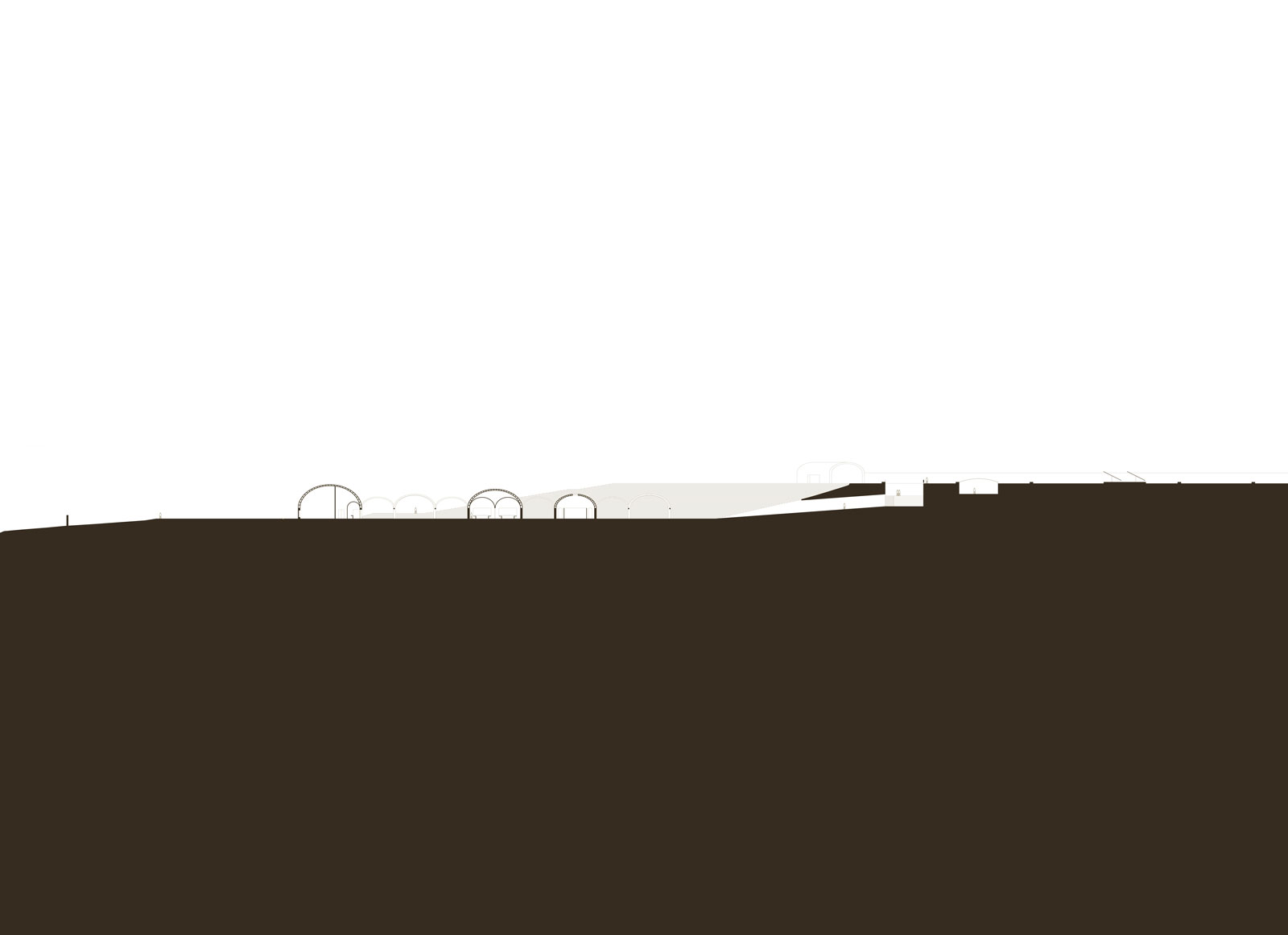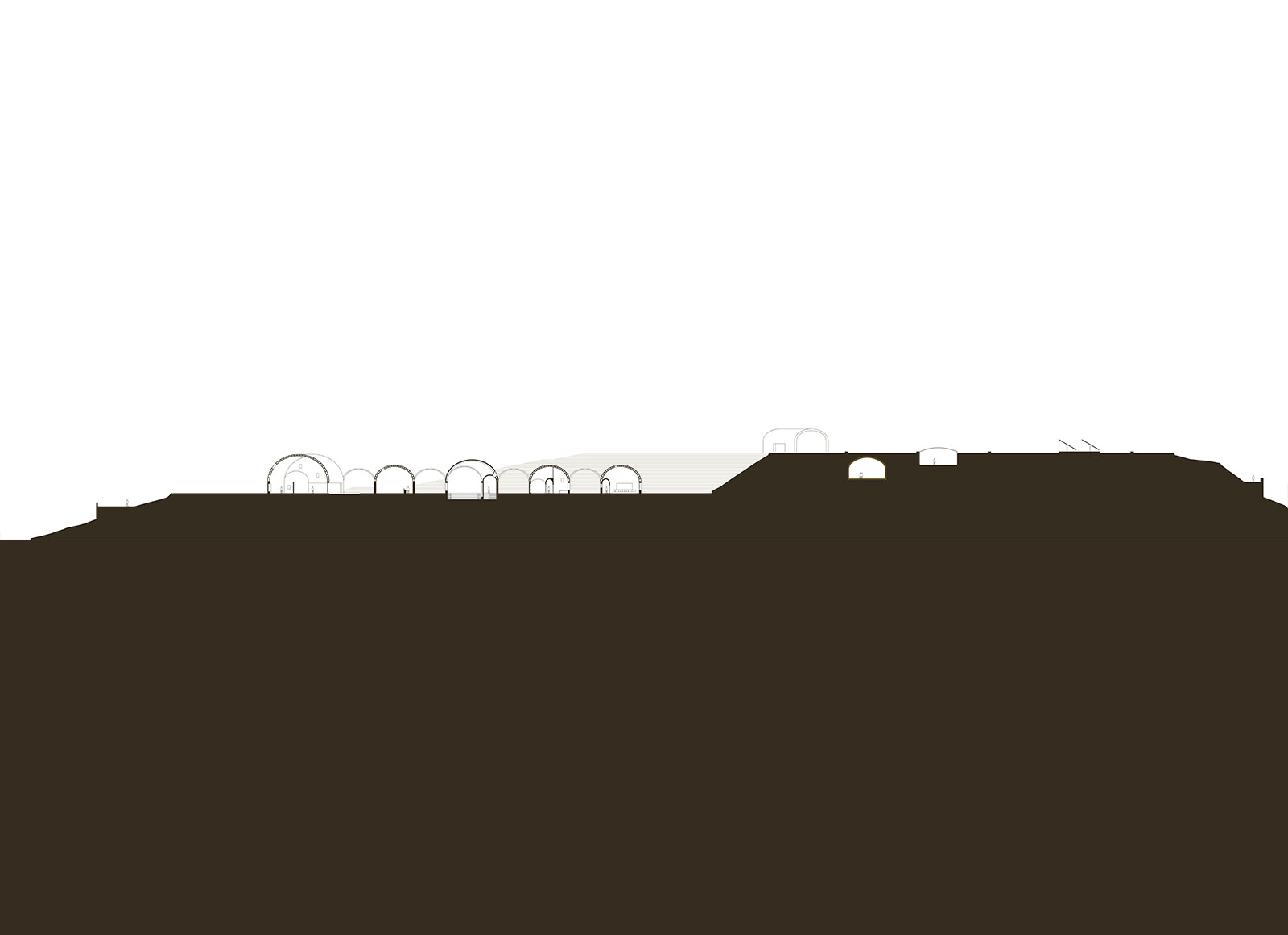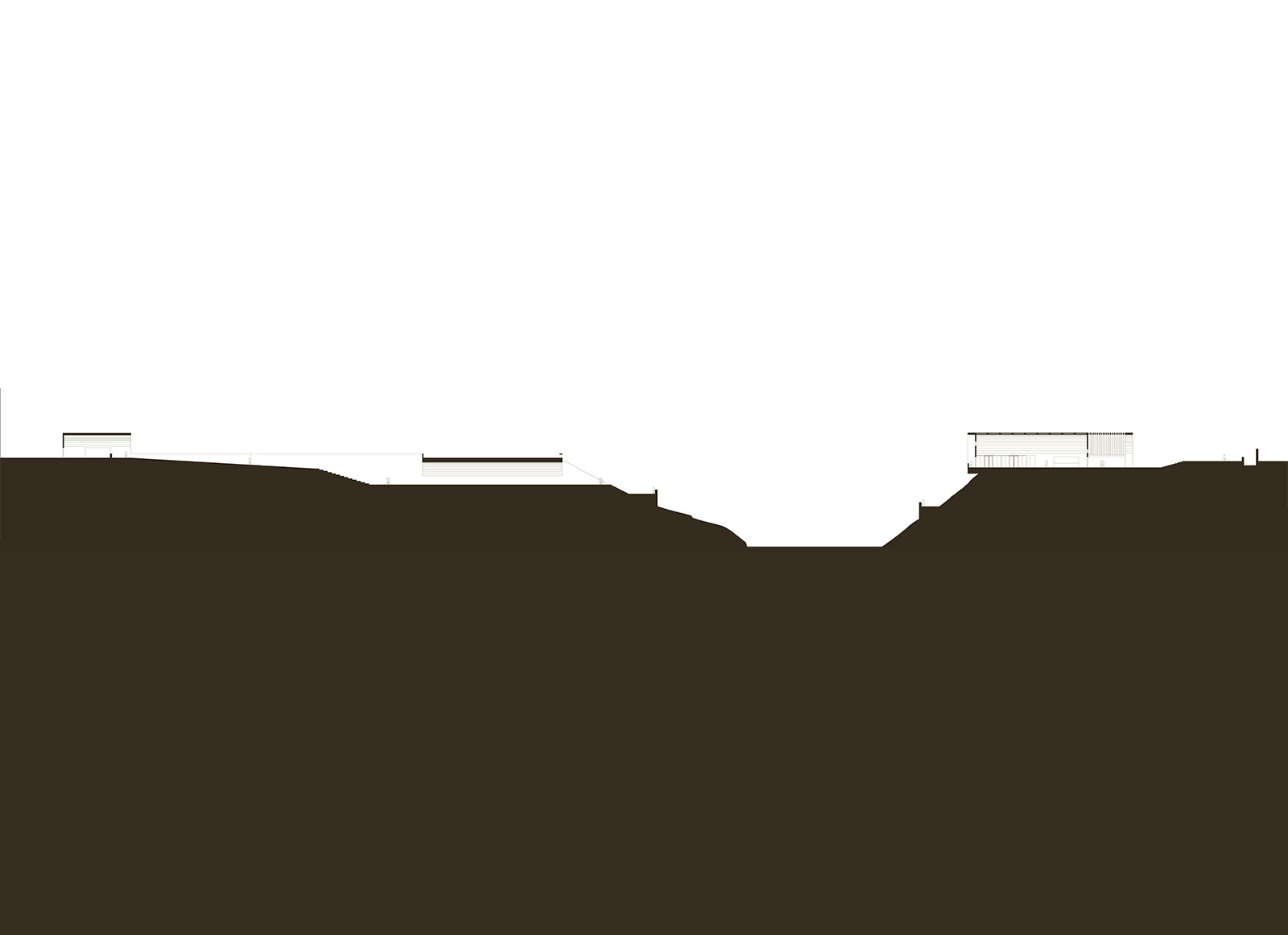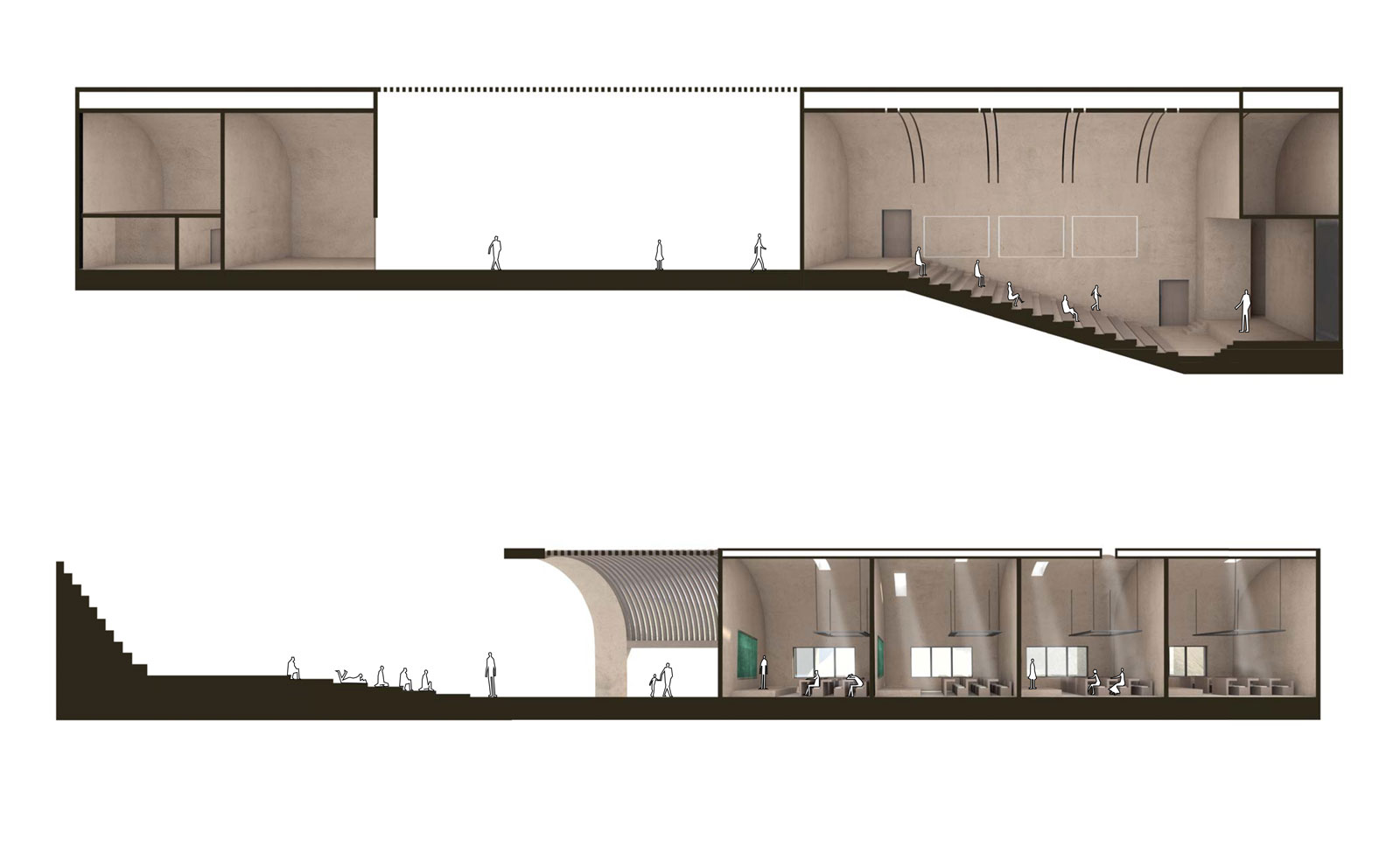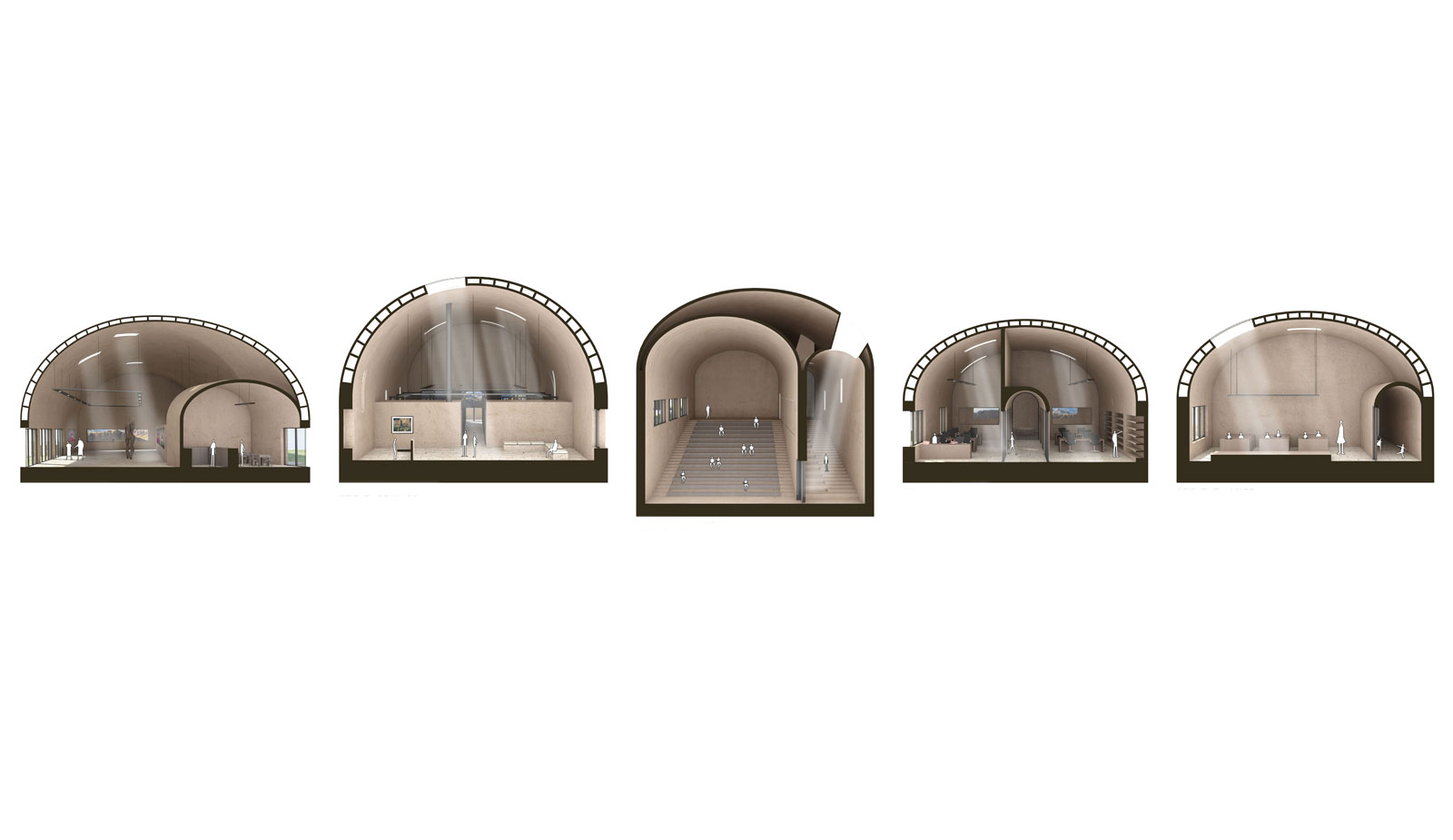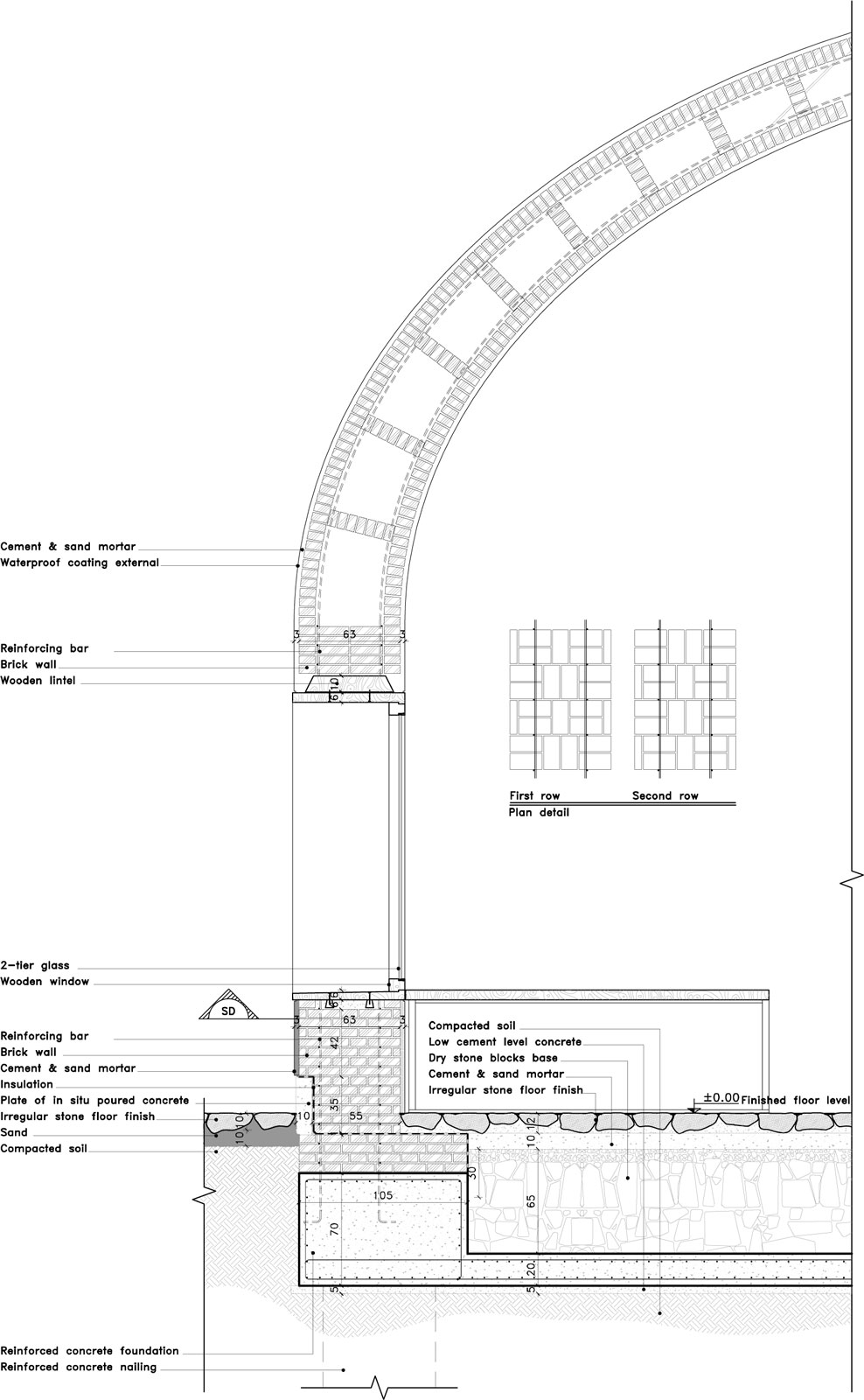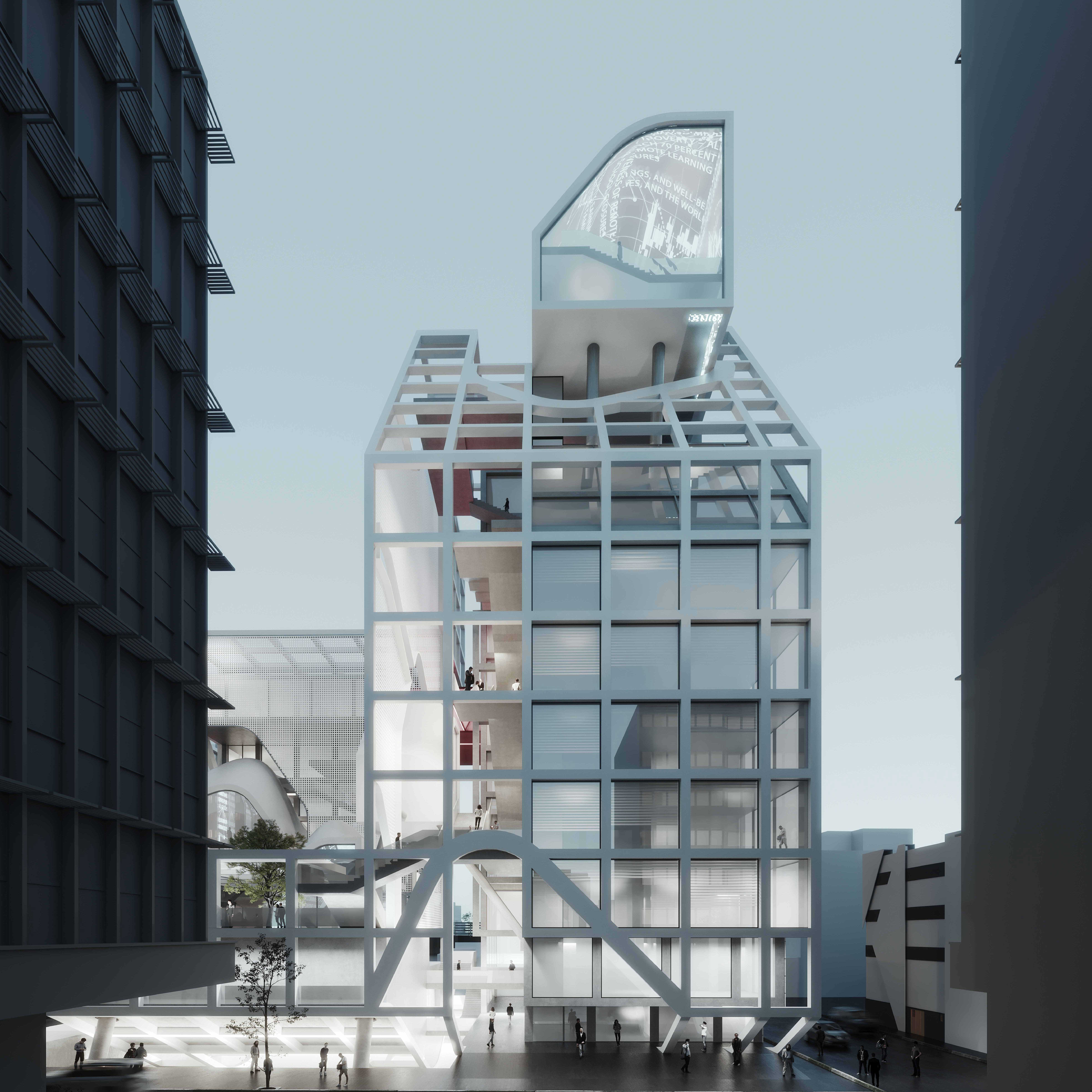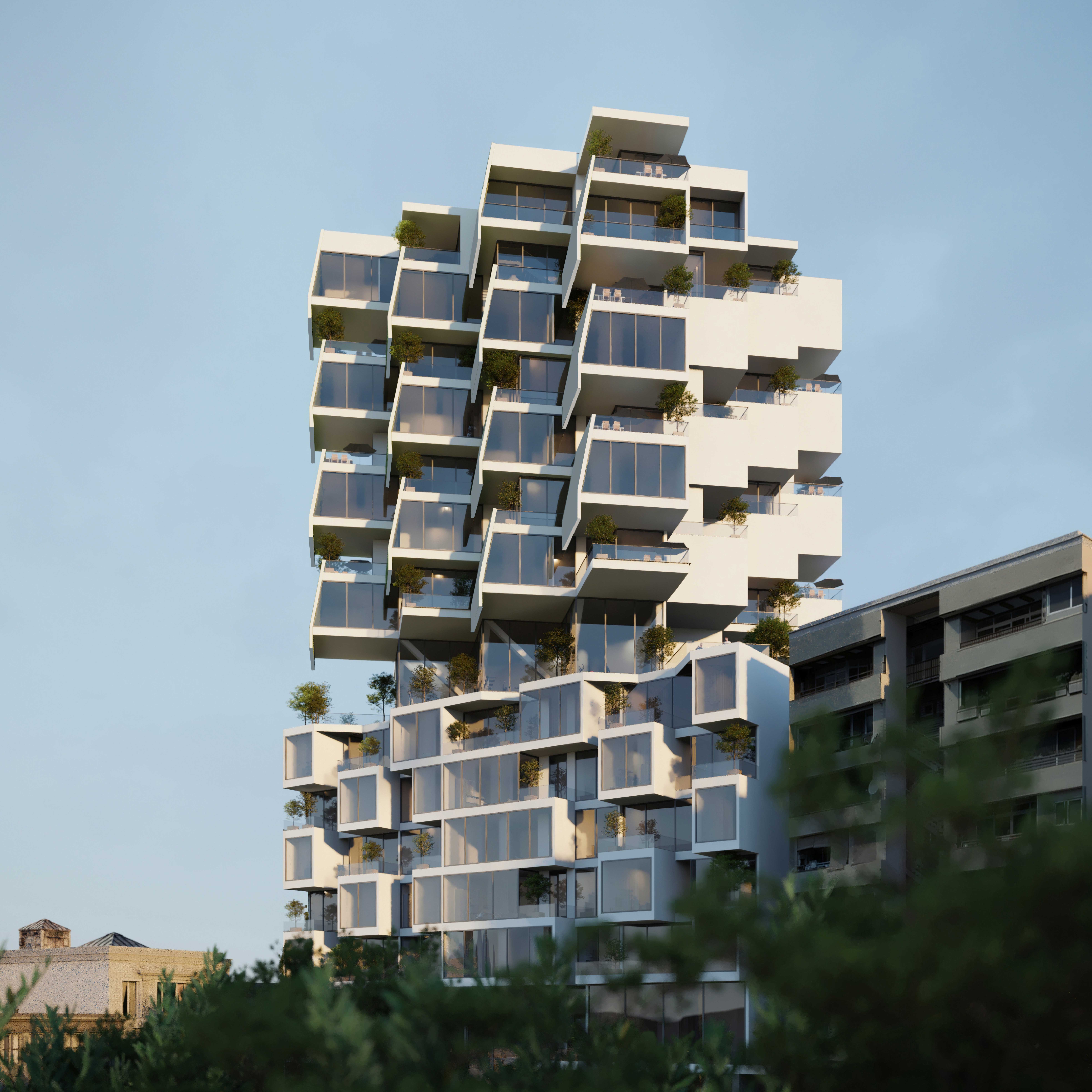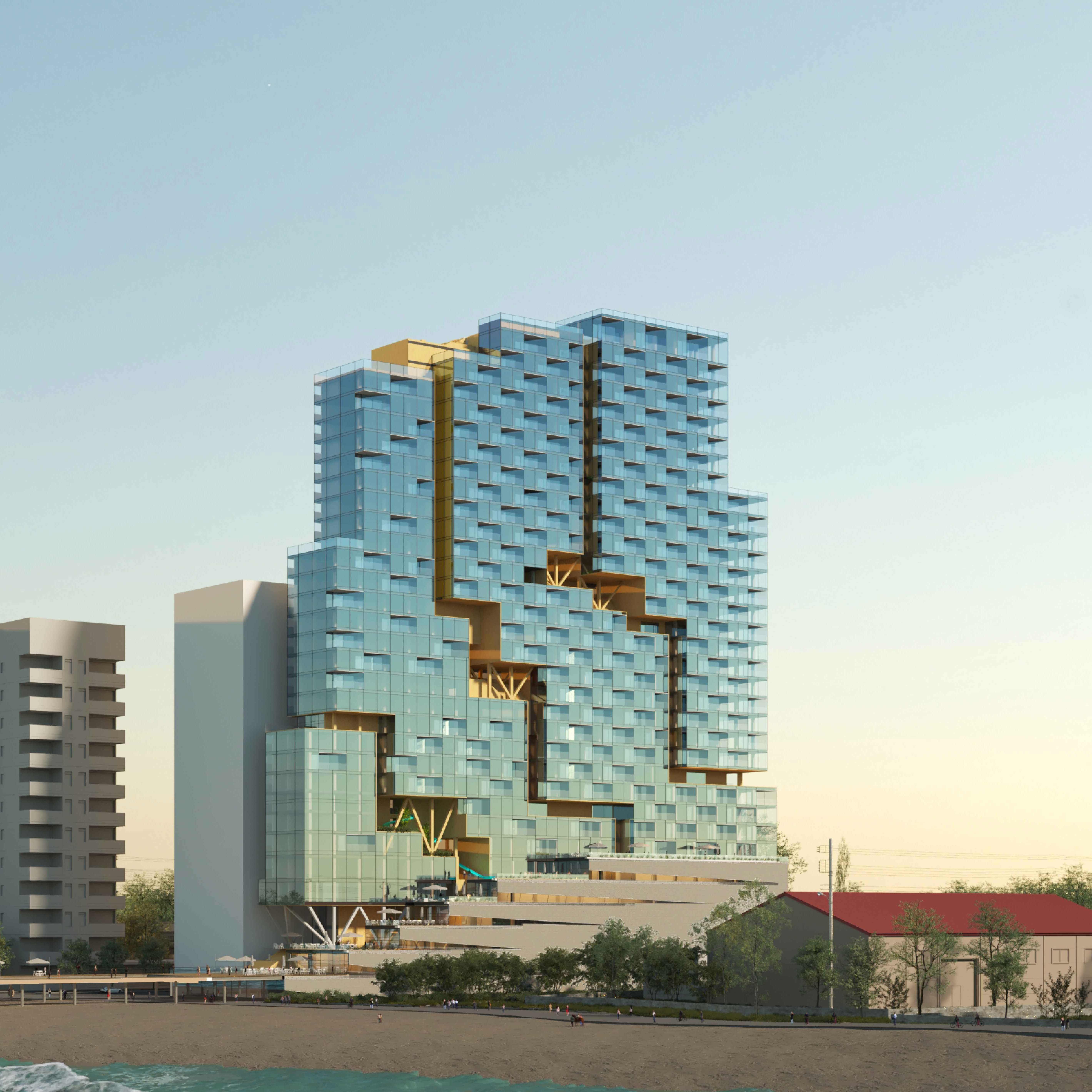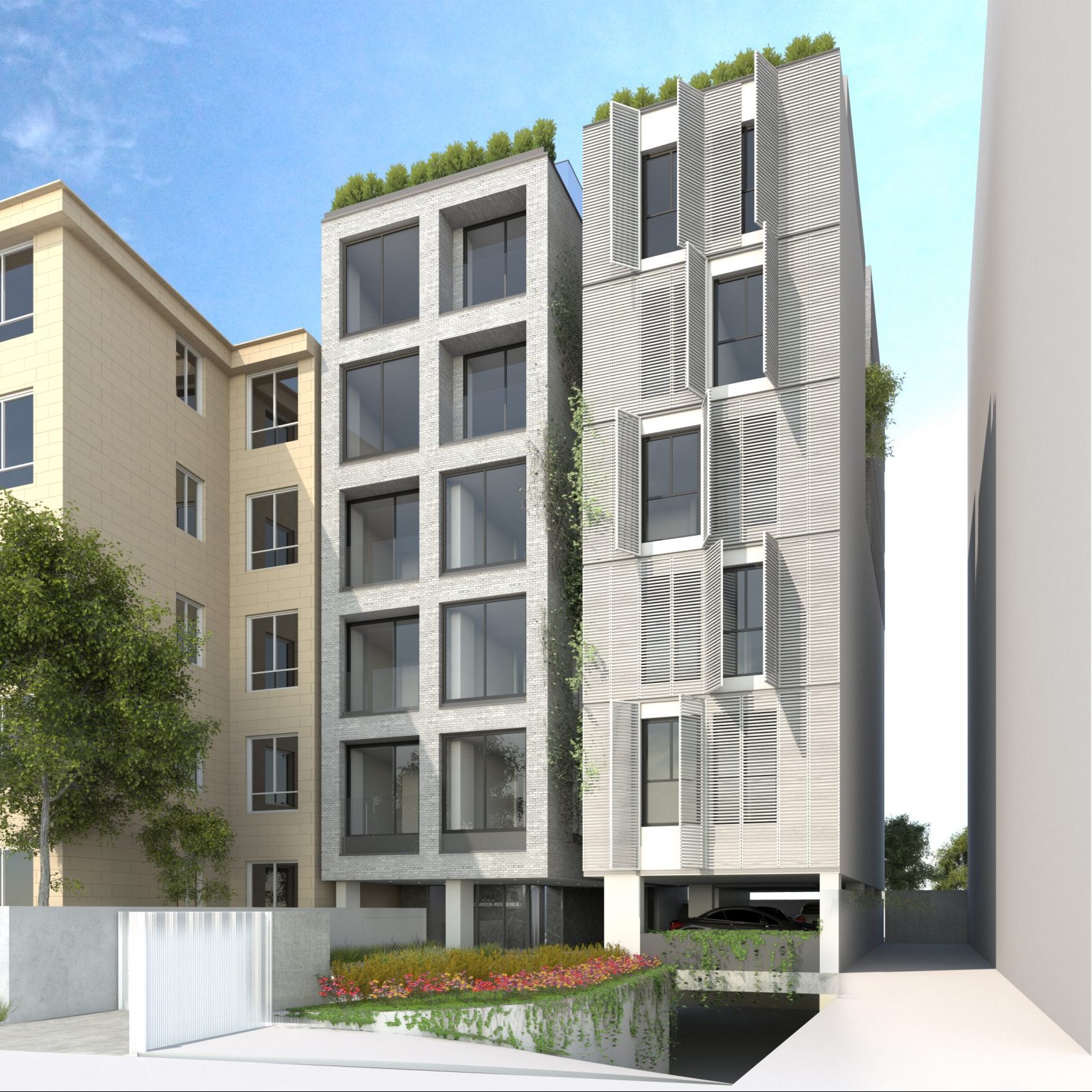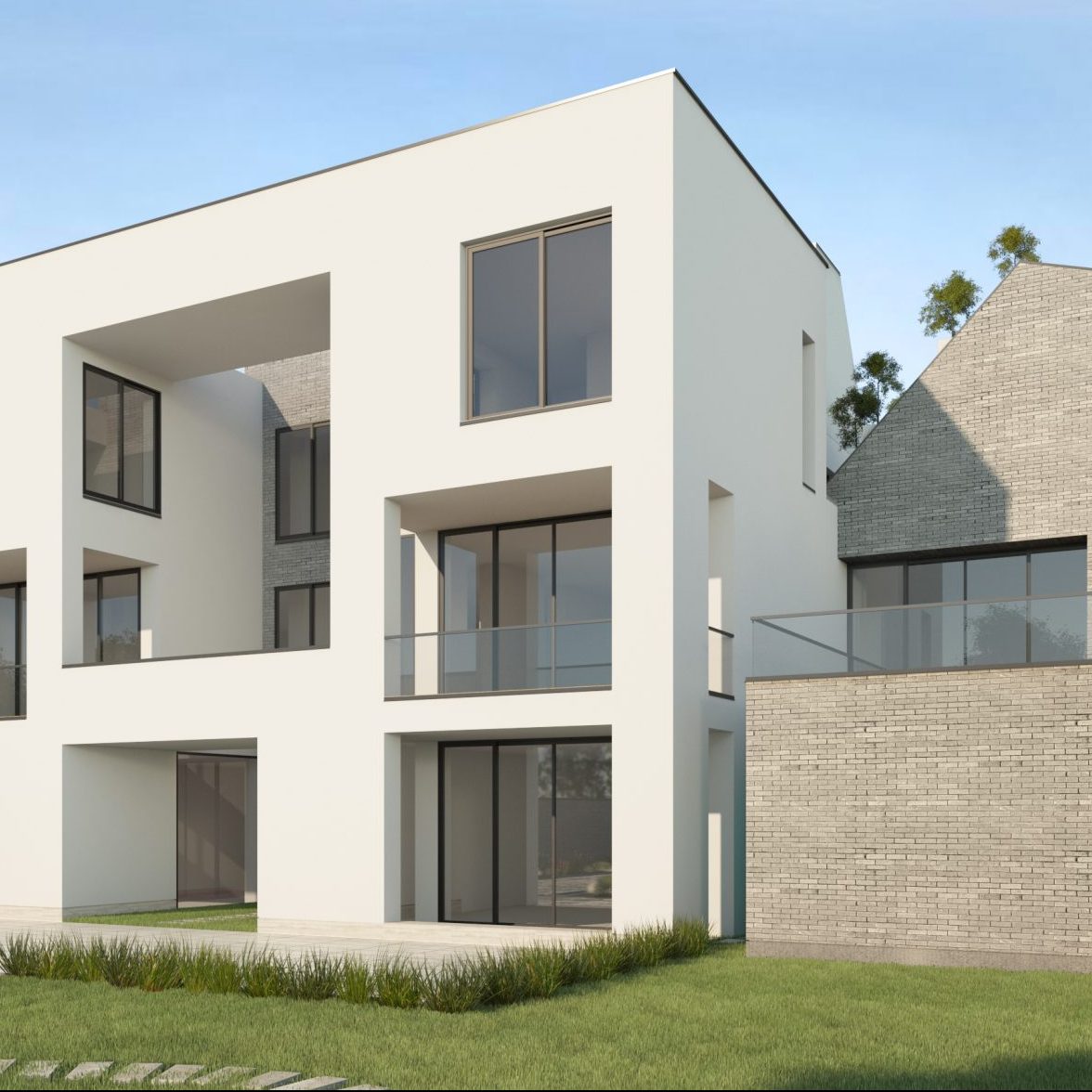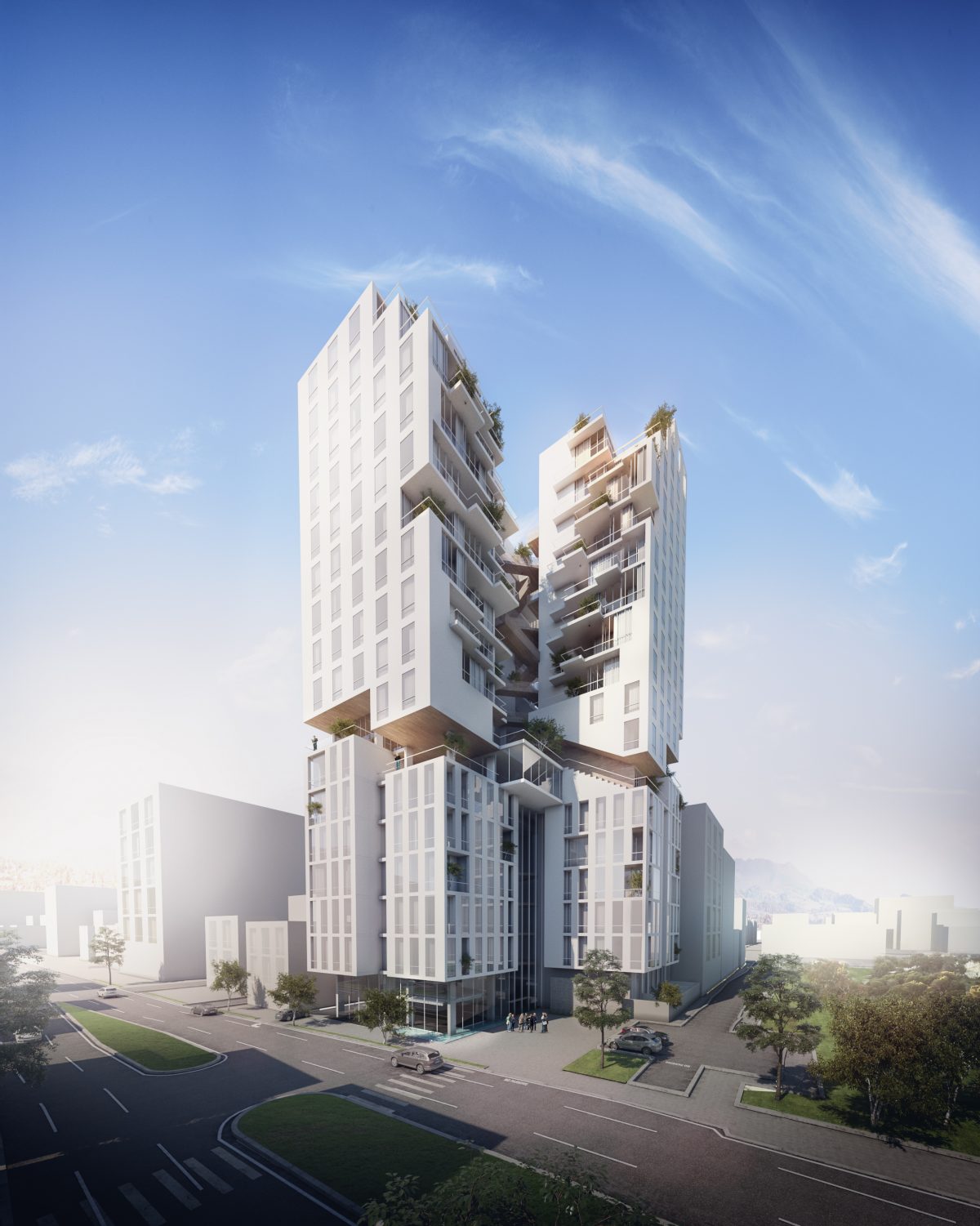Bamiyan cultural center
Location
Afghanistan / Bamiyan
Project year
-
Program
Cultural
Area
-
Client
-
On High-Level Concept: The Extruded Space and the Positively Charged Void
For over fourteen centuries, the two colossal Buddhas of Bamiyan had been the objects of religious devotion of pilgrims and shared fascination of visitors. By the end of the twentieth century, they had endured more than a millennium of natural degradation and human neglect, but, they were still exceptionally impressive
monuments. Yet, they were not allowed to remain untouched for ever.
With the catastrophic events of March 2001, for many of us, the story of these enigmatic statues, began at the end. Whatever motivated the destruction of the Buddhas of Bamiyan, it had the effect of outraging sentiment in the wider world, recognized as a damage to cultural heritage of mankind! This brought
the subject of their existence to the front line of the collective consciousness of the world: One may think that they are even more alive in the mindset of the global community now that they do not physically exist anymore.
What none of us now have the opportunity to do is actually experience the Buddhas of Bamiyan in person! Yet, the remaining vast voids, towering over their remote mountain valley, amaze and mystify the visitors. The disturbing presence of these two empty niches, contributes to an arresting sight and an almost
intense religious experience of what can only be characterized as a “positively charged void!”
Perhaps the goal of their destruction was to create ‘nothing’ out of these overwhelming representations of culture. The underlying assumption was that due to the nature of ‘nothingness,’ if one takes away everything that is physical, one is left with nothing, as completely empty space. But, the fact of the matter
is that there is no such thing as an empty space! There is always something to see, something to hear, something to imagine, something to vie for and goal for. Hence, in the absence of the massive statues of Budhhas, the remaining void is positively charged with countless possibilities of cultural revitalization, or
even rebirth.
The symbolism of the empty, but positively charged space of the niche, is used as inspiration to create deep spaces that are resultant of extrusion of an outline, conceived here as variations of sectional architectural relations. The result is a series of extruded spaces that will host countless scenarios for fostering
art, culture and intellect.
On Vision and Design Strategies: Ecological, Social, and Economic Sustainability
We envision that parts of the project landscape are dedicated to collaborative farming. Hence, production of seasonal and regional food becomes a social act of culture that the community will engage in. In conjunction with the educational facilities of the complex, the farming patches will function as hands-on laboratories
to educate the community about up-to-date agricultural techniques and technologies.
We propose that on-site treatment of grey water as well as harvesting natural precipitations will fill up the open pool that is incorporated in the design of the landscape, for irrigation of the crops such as wheat, potatoes, fruits, and vegetables that are grown on site.
We envision that the buildings are erected from reddish conglomerate stone, abundant in the area, with steel reinforcements. The excavation, treatment and application of stone blocks can be administered as a collaborative effort of the members of the community. The exterior and interior architectural thresholds
are erected as one single architectural element that will eliminate the need for exterior and interior extra layers of finishing. For the porous architectural surfaces we propose the use of locally produced wood products in their original raw modality without any chemical treatments. The process of aging and erosion
of the wooden parts will contribute to the creation of a certain sense of historicity and in case of the need for replacement of the wooden parts, the task can again be administered as a collaborative communal effort.
This bares certain commonality with the dual materiality of the Buddhas of Bamiyan. Apparently, the soft, crumbly rock of the cliff is not suitable for fine carving, and thus only the core of the statues had been carved from the rock itself. Fine embellishments had originally been represented by means of painted clay
coating, or appendages molded around wooden beams anchored in the stone, most of which had not survived the tyranny of the time. Thus, the most distinctive feature of the Buddhas of Bamiyan was their faces, blank in both cases from the top of the hair to above the lips, a clean vertical slice. For some viewers
the absent faces were essential to the impression they made. Some speculated that the clean vertical slices were the sites of attachment of facial masks, built out of less durable materials.
As for the massing of the project, in relation to the pedestrian circulation scenario that is envisioned for the site, the localized porosity of the extruded masses of the building, in relation to constructed topography that is proposed for the site, allows for a seamless circumambulation around and through the erected
masses and excavated voids of the site. This continuous wandering of the site along its exterior and interior corridors, can be envisioned as the social aspect of inhabitation of the complex. This, again, bears certain commonality with the spatial experience of visiting the Buddhas of Bamiyan. Reportedly, the statues
were attached to the back of the wall of their niches from the level of the hem of their clothing up to the backs of their heads, an arrangement which had facilitated the important Buddhist ritual of circumambulation: worshippers couldwalk around the statues both at ground level, behind their huge bare feet, and
behind the tops of their heads.
The relatively closed façade of the proposed building masses minimizes the heat loss of the interior spaces during the cold months which will contribute to a more sustainable mechanical performance of the project. This is coupled with the incorporation of a solar energy harvesting system in the landscape, which
will contribute to self-sufficiency of the complex in terms of its energy needs.

